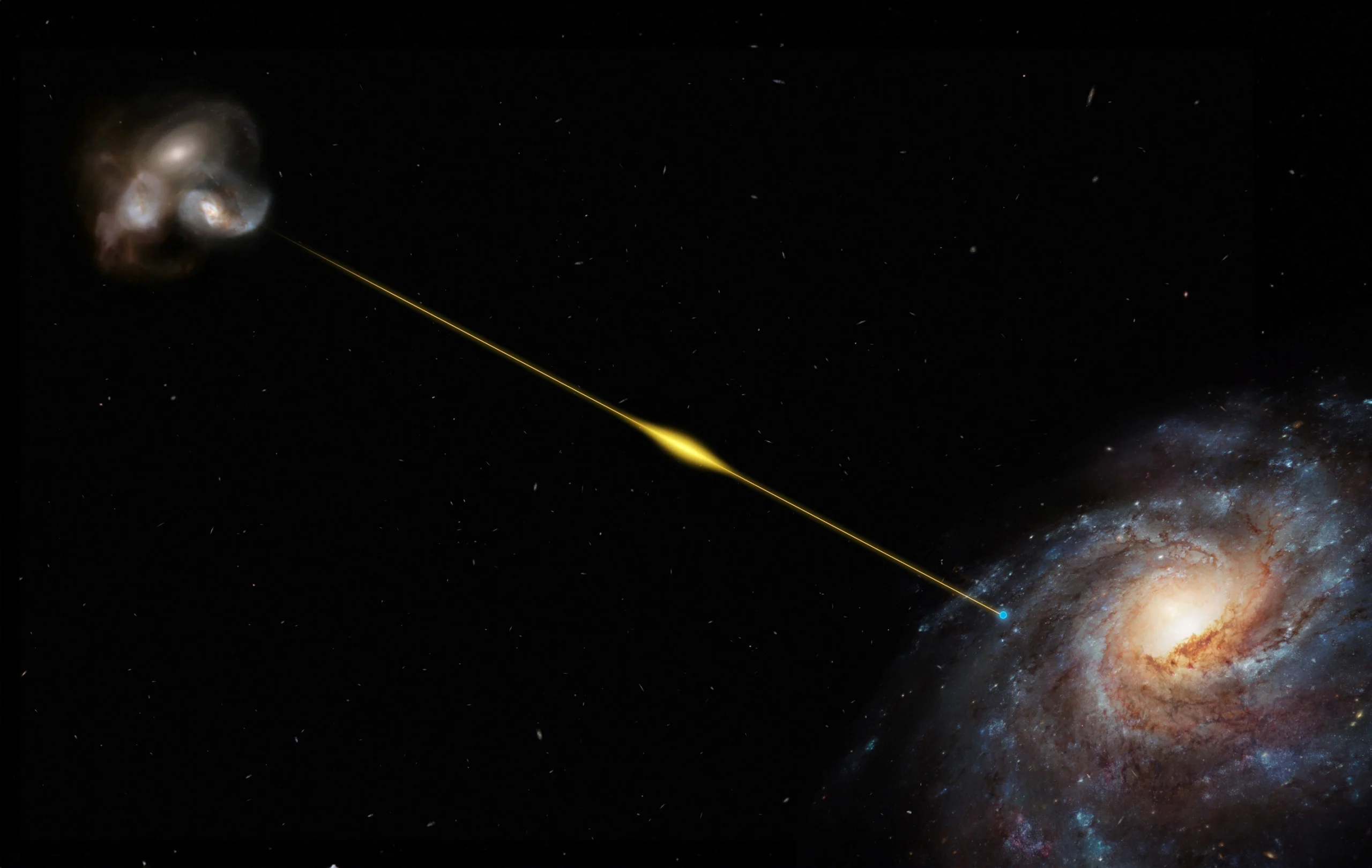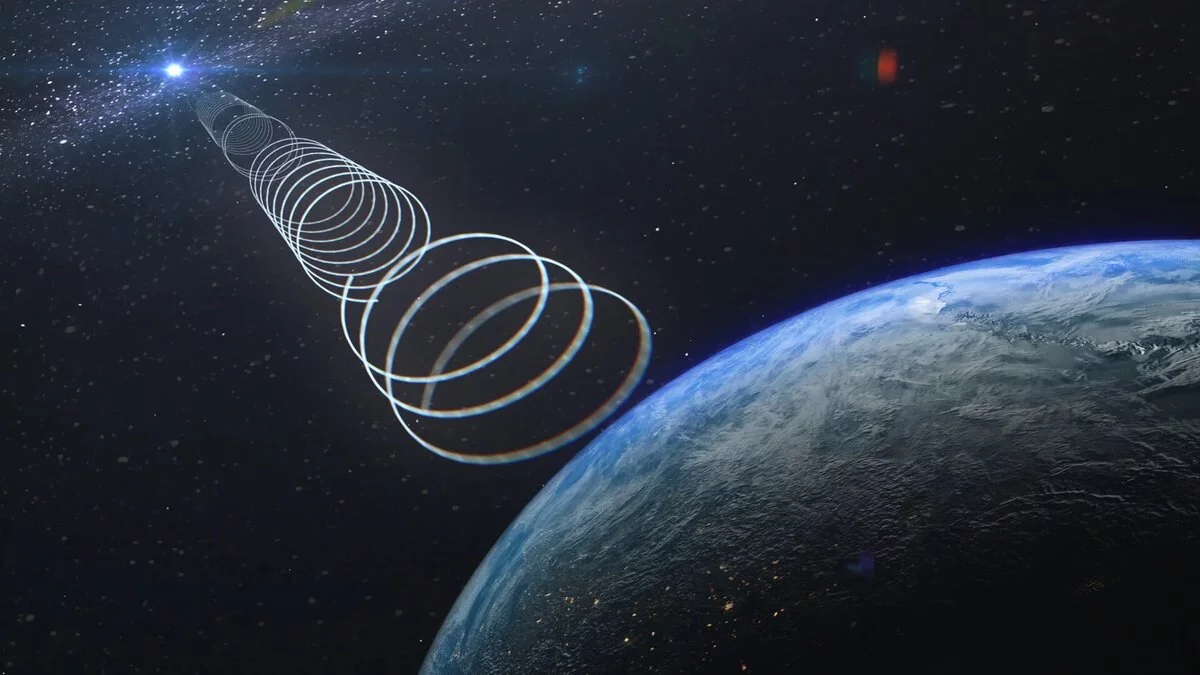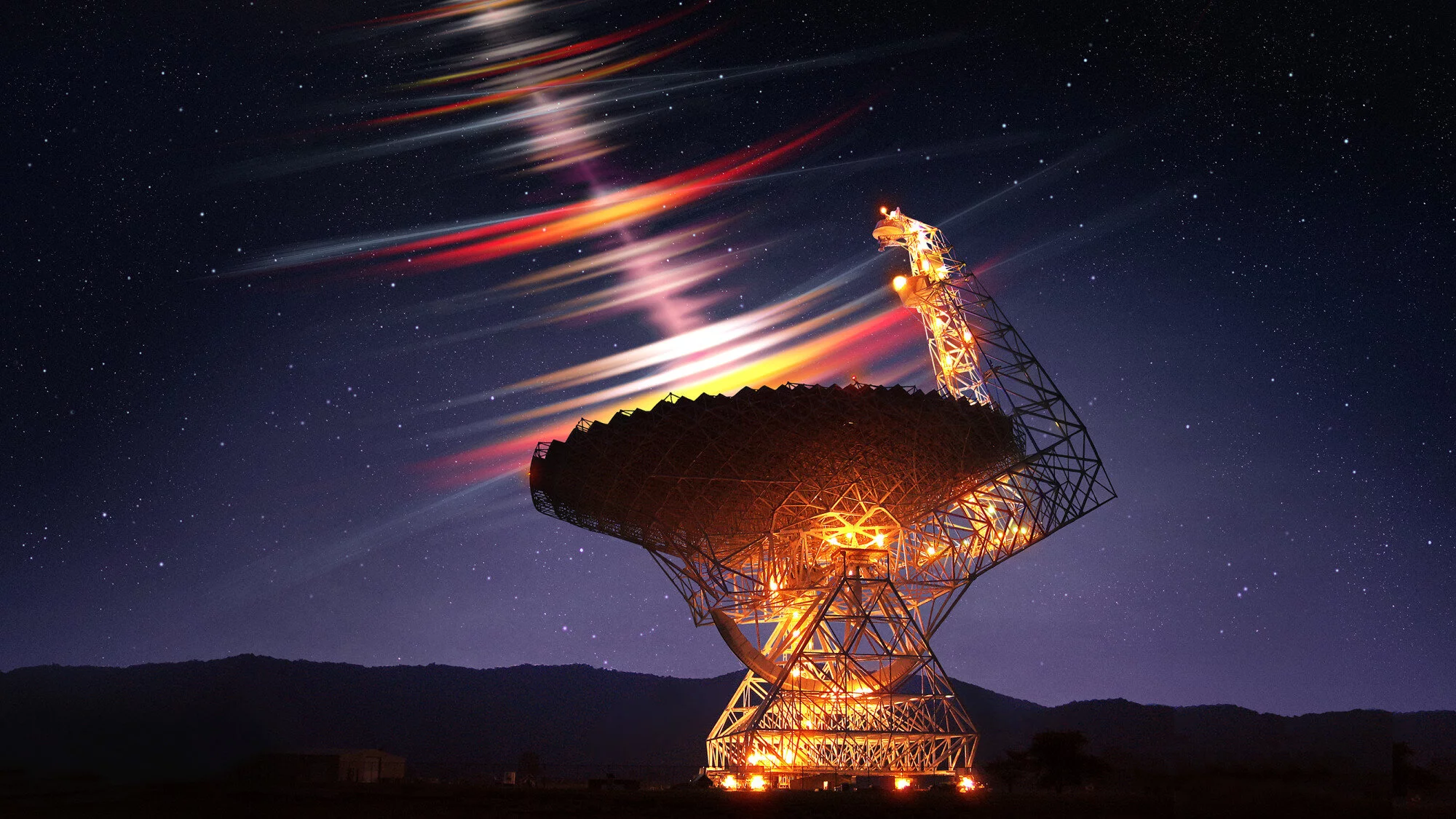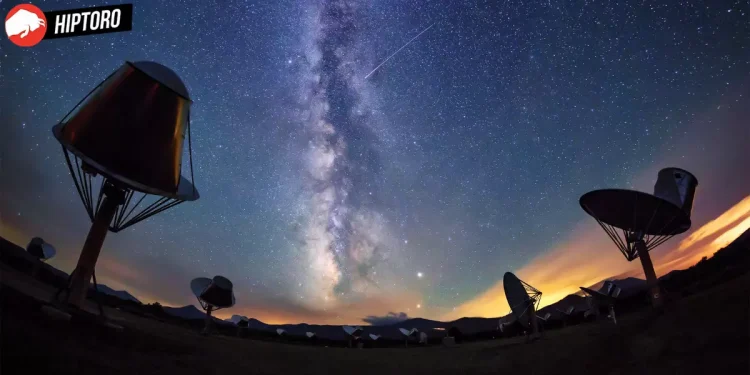Australian astronomers have identified an enigmatic emission of radio waves that has taken 8 billion years to reach our planet. This fast radio burst (FRB) is one of the farthest and most powerful ever seen.
Australian Astronomers Report 8 Billion-Years-Old FRB Signal
Since 2007, hundreds of powerful, millisecond-long bursts of radio waves have been detected from far-off regions of space, known as fast radio bursts (FRBs). The source of these mysterious signals is unknown.
This explosion, known as FRB 20220610A, was extremely brief, emitting the same level of energy as our sun would in a 30-year period in the mere span of a millisecond. A paper on this discovery was published in the Science Journal on October 19, 2023.

FRBs produce super-powerful radio waves that only last for a few milliseconds before vanishing, making them hard to observe.
Radio telescopes such as the ASKAP array, located in Western Australia on Wajarri Yamaji Country, have assisted astronomers in locating these brief flashes of cosmic activity. Through the use of ASKAP, Australian astronomers were able to detect the FRB in June 2022 and determine its origin.
Dr. Stuart Ryder, an astronomer from Macquarie University in Australia and a co-author of the study, commented:
“Using ASKAP’s array of [radio] dishes, we were able to determine precisely where the burst came from.
“Then we used [the European Southern Observatory’s Very Large Telescope] in Chile to search for the source galaxy, finding it to be older and [farther] away than any other FRB source found to date and likely within a small group of merging galaxies.”
The investigation conducted by the Australian astronomers’ research team revealed a combination of two or three galaxies merging.
This report corresponds to prevailing theories that propose that swift radio bursts, including the one unearthed in the study, could have been emitted from magnetars, a kind of neutron star with a magnetic field one trillion times more powerful than our Sun’s.

One of the Australian astronomers and co-authors of the Science Journal, Ryan Shannon stated how lucky they were to spot the FRB.
“We were lucky to be looking at that little spot in the sky for that one millisecond after the eight billion years the pulse had travelled to catch it.”
He noted that the FRB surpassed the prior record-holder, which was located at a distance of almost five billion light years. The blast was so potent that, in less than a thousandth of a second, it emitted an amount of energy equivalent to the solar output in a span of thirty years.
Shannon further noted that there could be hundreds of thousands of FRBs that light up the skies every day, yet only around one thousand have been identified. Furthermore, researchers were only able to pinpoint the origin of fifty of them, which is essential to comprehending them.

The fact that no two estimates of the universe’s mass match up implies that we may be missing something in our current estimation methods, potentially leading to an incomplete picture of the universe’s size.
The Australian astronomers expressed optimism that the new radio telescopes being built in South Africa and Australia will allow them to detect thousands more fast radio bursts from even further away.
Shannon added that it’s truly remarkable that FRBs are so widespread, which indicates the potential for further investigations by Australian astronomers and others.
“The fact that FRBs are so common is also amazing. It shows how promising the field can be, because you’re not just going to do this for 30 bursts, you can do this for 30,000 bursts, make a new map of the structure of the universe, and use it to answer big questions about cosmology.”









